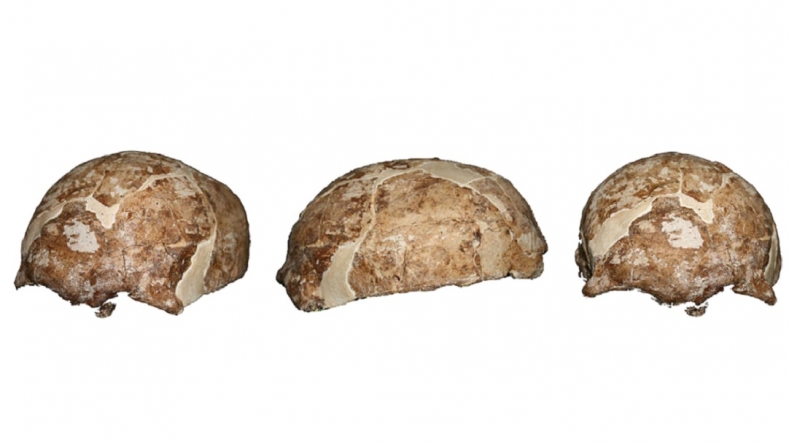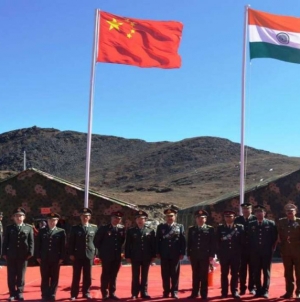-
CANBERRA: India-Australia partnership aims to bridge skill gap for future employment - April 15, 2024
-
HOUSTON: Mumbai boys in the final rounds of FIRST World Robotics competition to be held in Houston - April 14, 2024
-
MADRAS: IIT Madras NPTEL translates thousands of technical courses into several regional languages - April 10, 2024
-
MUMBAI: Shahid Kapoor opens up about the challenges faced by character actors in Bollywood - April 8, 2024
-
NEW DELHI: World Health Day 2024: Date, Theme, History, Significance and Interesting Facts - April 6, 2024
-
LONDON: Indian-Origin Teen In UK Gets “Life-Changing” Cancer Treatment - April 3, 2024
-
BENGALURU: Indian scientists unravel genetic secrets behind lumpy skin disease outbreak - March 30, 2024
-
NEW DELHI: Youngsters’ Increasing Stress Levels, Early Onset of Diseases an Alarming Health Trend: Apollo Hospitals Chief - March 28, 2024
-
MARYLAND: All About Pavan Davuluri, New Head Of Microsoft Windows - March 27, 2024
-
MUMBAI: Pyaar Kiya To Darna Kya turns 26: Kajol says THIS was the symbol of an innocent girl back then - March 27, 2024
BEIJING : Ancient DNA links an East Asian Homo sapiens woman to early Americans
BEIJING : DNA from this approximately 14,000-year-old partial skull (shown from multiple angles) found in southwestern China pegs the find as a member of a Homo sapiens population with genetic ties to Native Americans.
A previously undetected Homo sapiens population inhabited what’s now southwestern China around 14,000 years ago and contributed to the ancestry of ancient Americans.
This far-ranging Asian group’s evolutionary identity has been revealed thanks to ancient DNA extracted from a skullcap previously excavated at Mengzi Ren, or MZR, a site in southwestern China’s Red Deer Cave, researchers report July 14 in Current Biology.
The finding offers a rare opportunity to narrow down where the ancestors of ancient Americans came from in East Asia’s vast expanse.
Geneticist Bing Su of China’s Kunming Institute of Zoology and colleagues recovered nearly all the fossil individual’s mitochondrial DNA, typically inherited from the mother, and roughly 3.3 percent of the nuclear DNA, which is inherited from both parents.
Hominid fossils unearthed at Red Deer Cave in 1989 look like those of people today in some ways but in others resemble Asian Neandertals and Homo erectus
The new genetic analyses and comparisons with present-day and ancient people peg the MZR individual’s DNA as that of a female H. sapiens from southern East Asia. Much like East Asians today, the ancient female’s ancestry included small contributions from Denisovans and Neandertals.
Su’s group found that the MZR woman carried genetic ties to ancient people in the Americas who date to as early as about 12,000 years ago. Some ancient southern East Asians traveled up China’s eastern coast, possibly by way of Japan, and crossed a land bridge to North America, the scientists suspect.
























